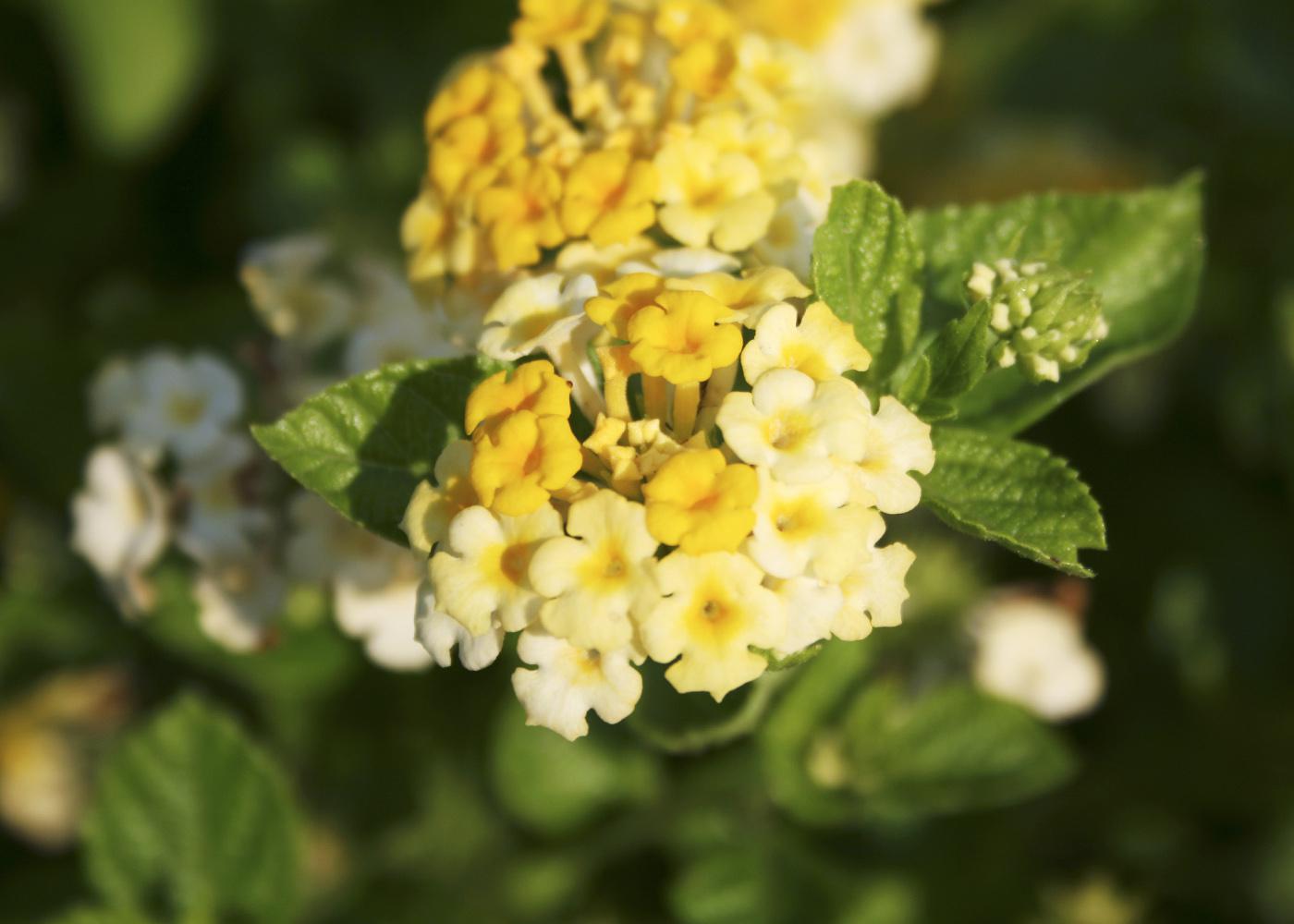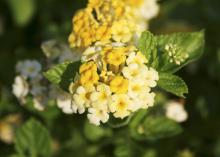Information Possibly Outdated
The information presented on this page was originally released on July 5, 2011. It may not be outdated, but please search our site for more current information. If you plan to quote or reference this information in a publication, please check with the Extension specialist or author before proceeding.
Lantana provides summer color, beauty
With the temperatures heating up, many landscapers and gardeners are looking for plants that can stand up to the Mississippi summer. Luckily, they don’t have to look any farther than hot summer lantana.
Lantana is available in a variety of sizes and colors. I really like lantanas that have a spreading growth habit because they can act as ground covers and are covered with blooms nonstop. In fact, these plants can be used in place of flowering annuals. Once established, lantanas are reasonably drought tolerant, but supplemental irrigation is necessary during dry conditions like those we have been experiencing in Mississippi.
For the last several years, I’ve been growing Butter Cream lantana. Its flowering is unique. The flowers start out as a bright, golden yellow, and the edges turn creamy white until the entire flower is white. During summer, the plant boasts a beautiful blend of these sunny flowers. Butter Cream’s low mounding growth is very similar to New Gold lantana’s, which was a Mississippi Medallion winner in 1996.
Another spreading lantana is Bandana Trailing Gold. The golden yellow flowers are displayed on dense vining branches from late spring until the first frost in the fall. The branching can extend out up to 42 inches. The branches add interest with their chocolate brown color. You may need to prune some branches back to keep the plants neat and tidy.
A new spreading lantana that makes an outstanding container or basket plant is Luscious Lemonade lantana. The branches reach out up to 24 inches, so it is a perfect spiller plant in a combination container. Try planting Luscious Lemonade lantana, Citrus Supertunia, and Yellow Superbells calibrachoa together for a gorgeous golden combination container called Lemonade Stand. The complete planting recipe is available from Proven Winners at http://www.provenwinners.com.
Always plant lantana in the full sun for the very best flowering performance. Raised beds with quality organic matter will ensure the well-drained soil conditions all lantanas need. Maintaining good nutrition is important for continued flowering through the summer. Add two or three tablespoons of slow release fertilizer about every four to six weeks. Or you can fertilize once a week with water-soluble fertilize.
Lantana is known botanically as Lantana camera. Lantana is perennial most years in the coastal counties. In north Mississippi, use a layer of mulch or pine straw for winter protection. Don’t be too hasty and pull your lantana up if you think the plant died during the winter. Be patient; lantana is one of the slower plants to “wake up” in the spring.
An added benefit is that lantana attracts butterflies and hummingbirds to landscapes. These garden entertainers will visit each of the funnel-form flowers in search of the sweet nectar, providing gardeners with additional color and beauty.








